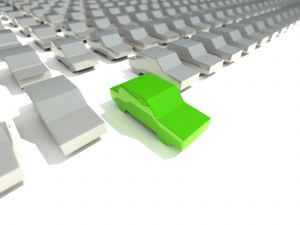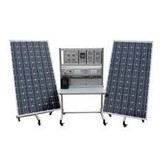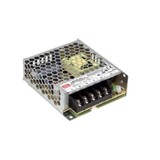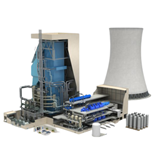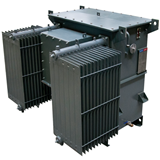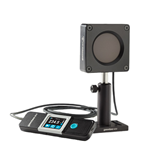Today, electric cars rely on batteries and their limited storage capacity can put off potential buyers.
However, one of Australia’s best young researchers, Dr Vanessa Paterson, is using neutron-scattering techniques to study new-energy systems, particularly for hydrogen and battery materials – something that could have huge benefits for our transportation industry.
Recognising her significant achievements and the value of her work, Dr Paterson has recently been nominated for the Eureka Prize for Outstanding Young Researcher and is also a finalist for the prestigious People’s Choice Award.
Dr Paterson leads ANSTO's Neutrons for the Hydrogen Economy Project, known as the Energy Project, which is collaborating with experts from around the world to produce new-energy systems.
"This is not about nuclear energy and it's never going to be", Dr Paterson said.
"This project is about using what nuclear science can tell us about the structure of atoms and molecules to improve the performance of renewable power sources.
"Our research studies the critical systems that will reduce Australia’s carbon emissions, through the development of lightweight batteries for transportation applications and hydrogen-based energy storage for extended range capabilities in hybrid fuel-cell electric vehicles. Using hydrogen to produce electricity results in water as the only by-product.
"Creating a global energy system that is both environmentally and economically viable is unquestionably one of the largest challenges facing the scientific and engineering communities.
"We are combining the expertise here at ANSTO with that of experts on alternative energy systems and materials from around the world. The result, hopefully, will be the discovery and development of materials that will improve the performance of renewable clean energy devices.
"In Australia transport is responsible for significant CO2 emissions and 40 per cent of energy consumption. So new and improved materials to provide energy for the industry could have a huge impact."
As a young scientist, Dr Peterson has achieved results and recognition well beyond her years, including a prolific record of publications and the responsibility of leading the international Energy Project. Under her leadership the team has grown to international significance and has three postdoctoral researchers.
Working in ANSTO’s Bragg Institute, Dr Peterson spends her days using neutrons produced by ANSTO’s state-of-the-art research reactor, OPAL, to better understand materials that store and deliver charge, particularly those for the transportation sector.
These materials include batteries for use in electric vehicles, and alternative energy-systems based on hydrogen. Together, these materials could ultimately help us make petrol engines redundant, with power produced from hydrogen resulting in clean water as the only by-product.

